Before we get started…
Have you signed up for the new bonus podcast “Top of the First” yet? As yet another perk for email subscribers, these short doses of daily inspiration and motivation are specifically for fans of America's game.
Start each morning off with a story from baseball's rich history to set your path for the day. All you have to do is click here to update your email preferences.
All right, enough advertising - let’s get to the week’s top events across baseball history.
January 29, 1948: The AL & NL Set Rules on High School Player Recruitment
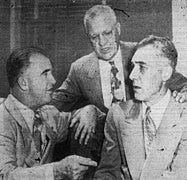
Commissioner Happy Chandler fined the Yankees, Cubs, and Phillies $500 each for signing high school players. The decision was made in response to the growing concern that professional teams were exploiting high school players.
The practice of signing high school players was seen as a way for teams to circumvent the rules and regulations governing the signing of college players. Commissioner Chandler's decision to fine the teams was a clear message that such practices would not be tolerated in professional baseball.
The decision also set a precedent for future rulings on the signing of high school players, and helped to establish a more level playing field for all teams in the league.
January 30, 1919: The Reds Sign a New Manager (Because the Other Was Missing)

The Cincinnati Reds faced a managerial dilemma at the end of World War 1. Their current manager, Christy Mathewson, was still in France with the U.S. Army, and communication had gone silent.
Mathewson had written team owner Gary Hermann that he would be back by Spring Training, but the letter has yet to arrive. At the same time, Hermann had written to Mathewson in France about his status, but his letter never made it either.
In this uncertain situation, the Reds made a decisive move by hiring Pat Moran to replace Mathewson as their new manager.
After returning to the U.S. and discovering his position had been given away, Mathewson took a new job as the assistant manager of the New York Giants.
That season, Moran lad the Reds to the World Series, and Mathewson’s Giants finished in second place in the NL.
January 31, 1961: The Houston Astrodome is Unveiled
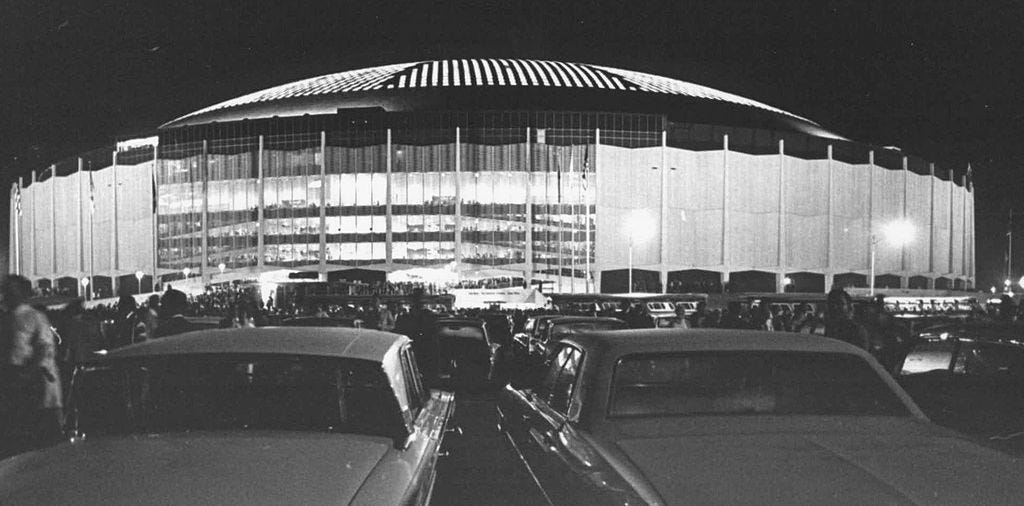
A momentous decision took place in Houston, Texas. The voters of Harris County, TX came together and overwhelmingly approved a general obligation bond issue of $22 million. This crucial bond paved the way for the construction of what would become an iconic landmark: the Astrodome.
The Astrodome, originally dubbed the Harris County Domed Stadium, was a groundbreaking achievement. It marked the birth of the first fully air-conditioned, enclosed, and multipurpose sports stadium in the world.
It opened on April 1965 and would go on to host multiple events outside baseball, including major-league soccer, professional and collegiate football, championship boxing, Portuguese-style bullfighting, rodeos, polo matches, collegiate basketball, special concerts, conventions, and religious gatherings.
Its influence extended far beyond Houston, serving as the prototype for other sports structures like the Superdome in New Orleans, the Kingdome in Seattle, and the Silverdome in Pontiac, Michigan.
This venue captivated millions of visitors until its closure in the year 2000.
February 1, 1962: The First 162-Game Schedule is Released
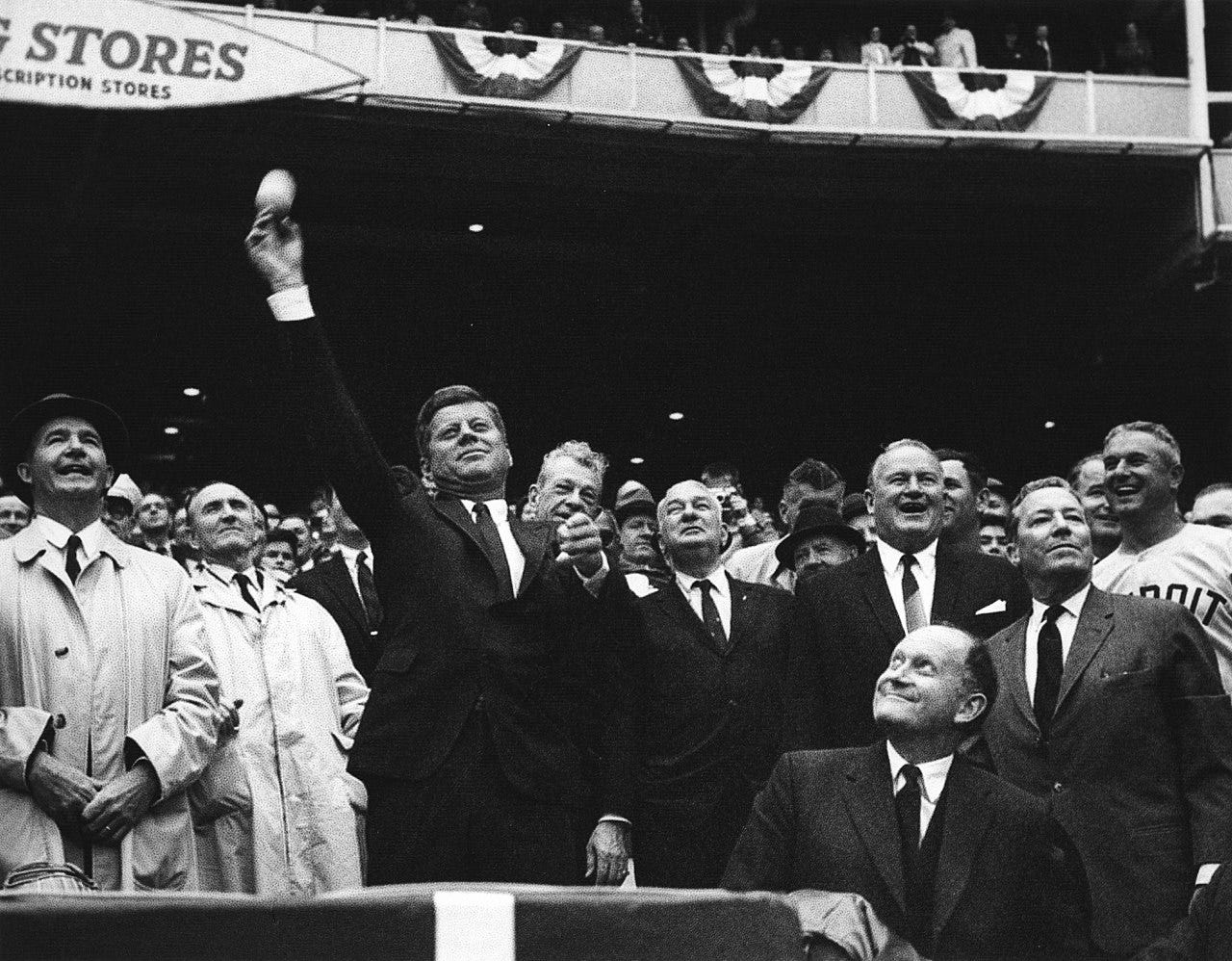
The American League (A.L.) made history by releasing its inaugural 162-game schedule. This was an increase from the 154 games played in 1961.
Why the change? The American League had extended to 10 teams for the season, and the schedule reflected the balancing of all squads. The new update also increased the number of night games played, as their popularity had increased significantly in recent years.
The National League remained at a 154-game schedule until the following season when it added two more expansion teams.
February 2, 1942: The Cubs Get Creative With New Uniform Designs
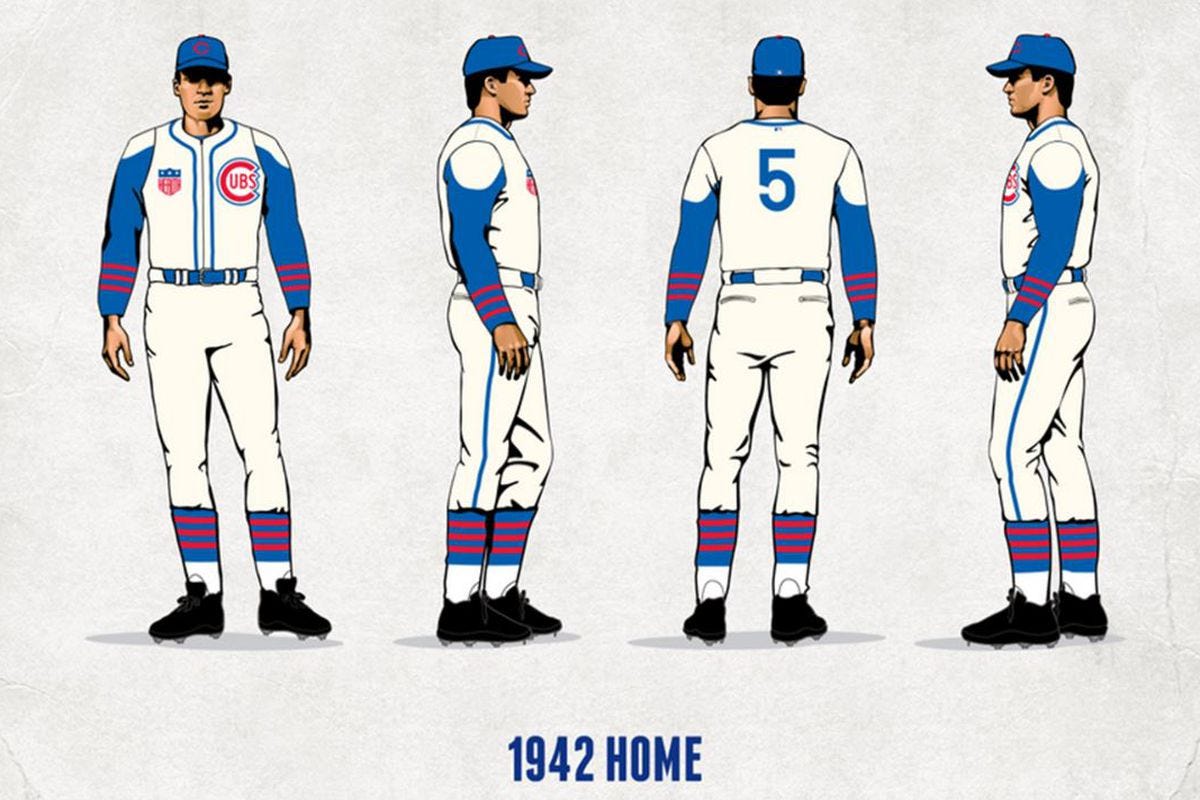
A notable shift occurred in the Chicago Cubs' uniform choices on this date. After a brief experiment with a vest worn over knit jerseys, the Cubs made a decisive return to their traditional baggy flannel uniforms for the 1940 season.
This change not only marked a departure from the previous season's attire but also had practical implications: it saved the organization approximately $2,000 in uniform costs.
During the vest-wearing phase, the Cubs had explored a different look, but ultimately, they reverted to the classic and familiar flannel design.
February 3, 1977: “El Maestro” and “Pop” Reach the HoF
The Hall of Fame's Special Committee on the Negro Leagues elected two players post-humously: Martin Dihigo and John Henry "Pop" Lloyd.
Martin Dihigo
Martin was born in Cuba, was a true baseball polymath. He played all nine positions on the field, but his primary roles were as a pitcher and second baseman.
Over 12 seasons in the American Negro Leagues, Dihigo posted an impressive 260+ victories as a pitcher. In 1938, he achieved an 18-2 record on the mound, leading the league with a remarkable 0.90 ERA. Simultaneously, he secured the batting title with a stellar .387 average.
He played winter ball in Mexico and played off-seasons in the Cuban leagues, too. He was nicknamed "The Immortal" by his fans. He is the only player to be inducted into the American, Mexican, and Cuban baseball halls of fame.
John Henry "Pop" Lloyd
Lloyd is widely regarded as the greatest shortstop in Negro League history. He is often compared to the legendary Honus Wagner, and was known for his big bat, skillful place-hitting, and bunting abilities.
Lloyd consistently hit over .400 during an impressive 25-year career.
Lloyd's influence extended beyond the diamond. As a player-manager, he mentored younger talents, earning the affectionate nickname "Pop."
February 4, 1956: The A.L. Tests the Automatic Intentional Walk Rule
The American League (A.L.) made an intriguing decision on this date: they announced plans to test the automatic intentional walk during spring training.
This experimental change aimed to streamline the game by eliminating the need for pitchers to throw four intentional balls to walk a batter intentionally. Instead, the defensive team's manager could signal their intention to walk the batter directly to the home plate umpire, who would then award first base to the batter without any pitches being thrown.
Hold on a Second!
Would you consider becoming a paid subscriber?
You get:
The ad-free version of 'Rounders' a whole DAY EARLIER.
A sneak peek at our secret list of upcoming episodes.
A chance to share your thoughts, which I might just read out in the episode.
Exclusive chats, events, and more fun stuff only for our members.
And if you're feeling extra awesome, join our 'Starting Nine' crew. Help shape the show, pick episode topics, and even get a shoutout as a producer.
Let's make 'Rounders' the top baseball history show together!


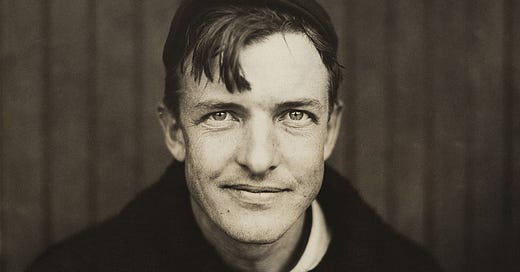


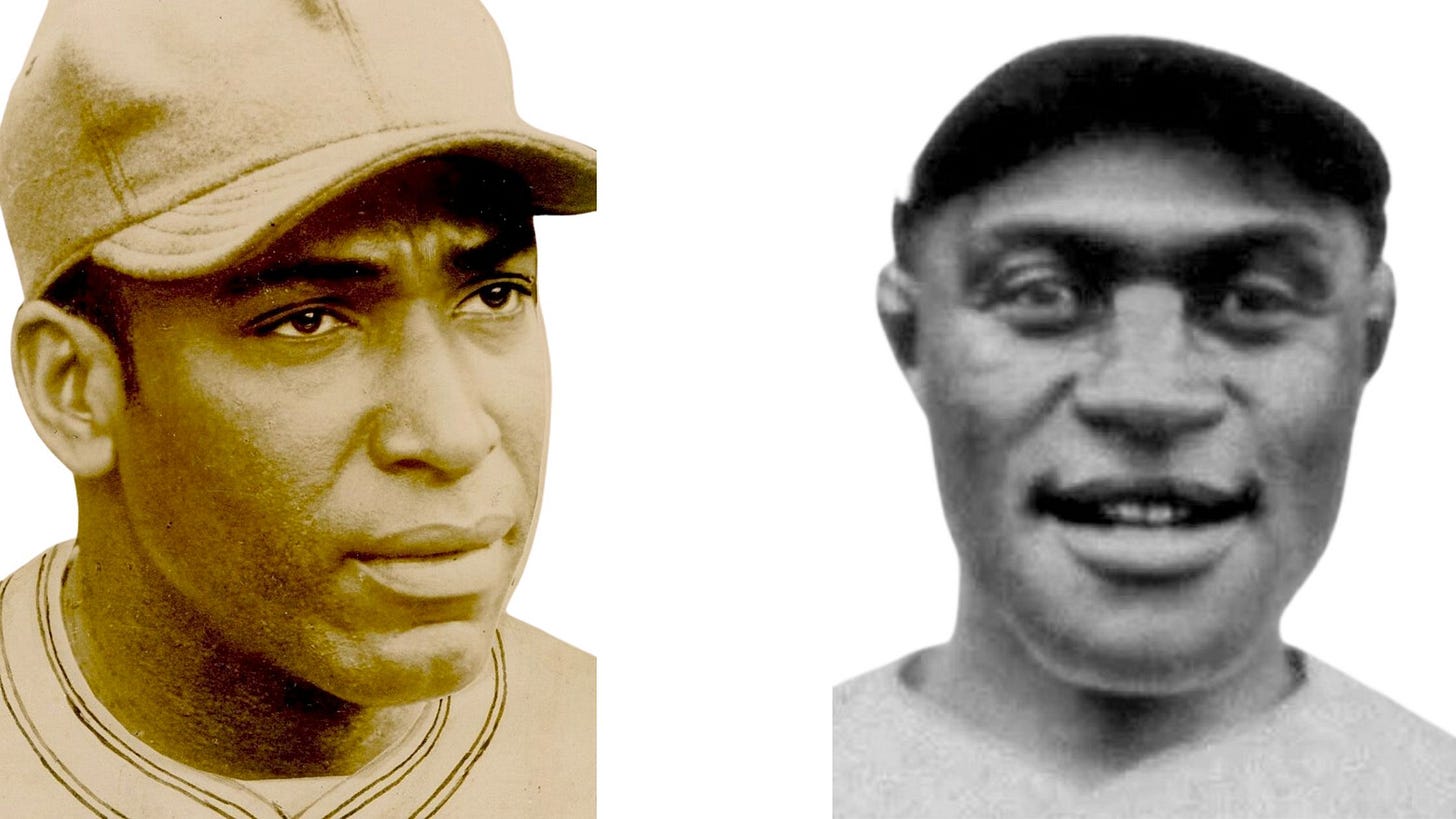
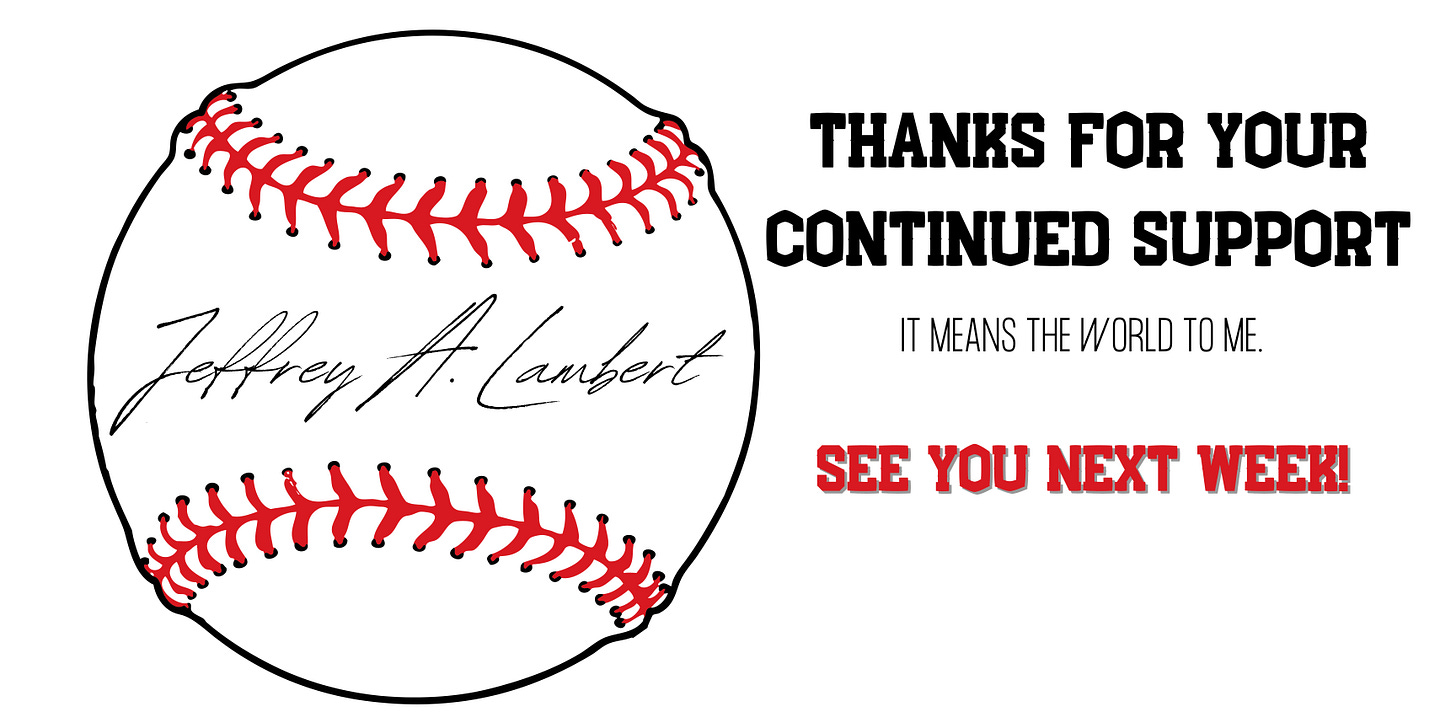



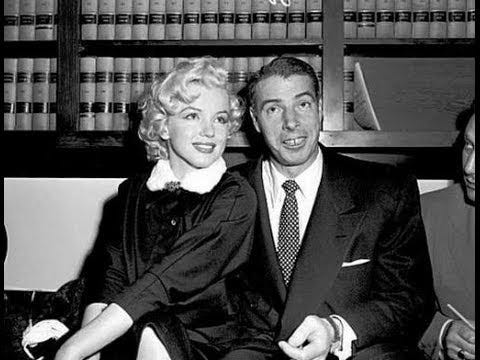
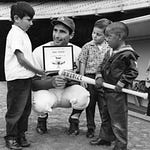

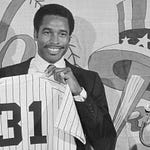
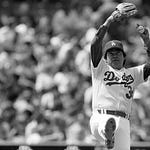

Share this post